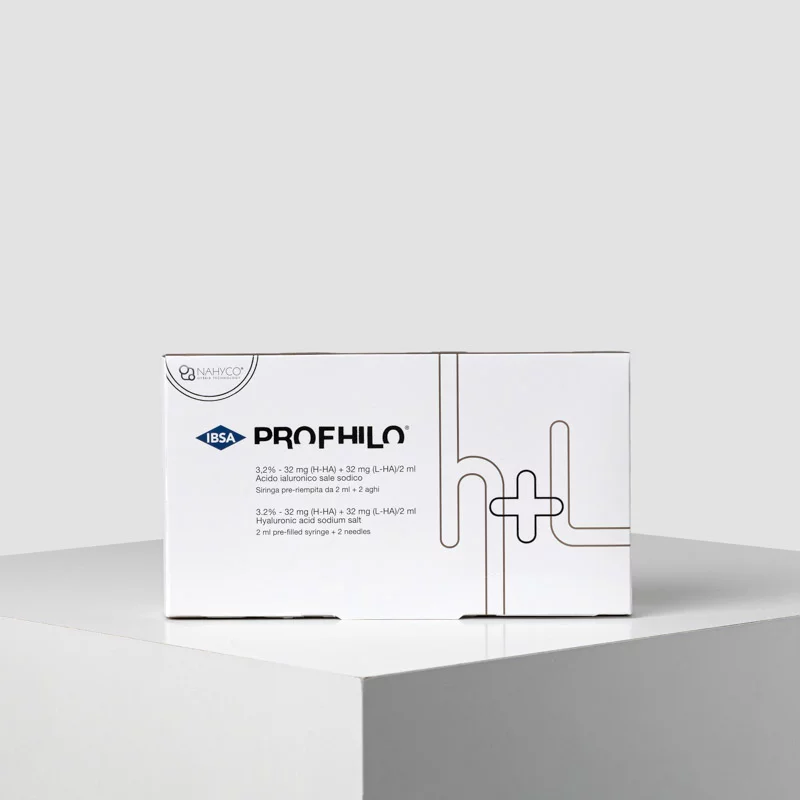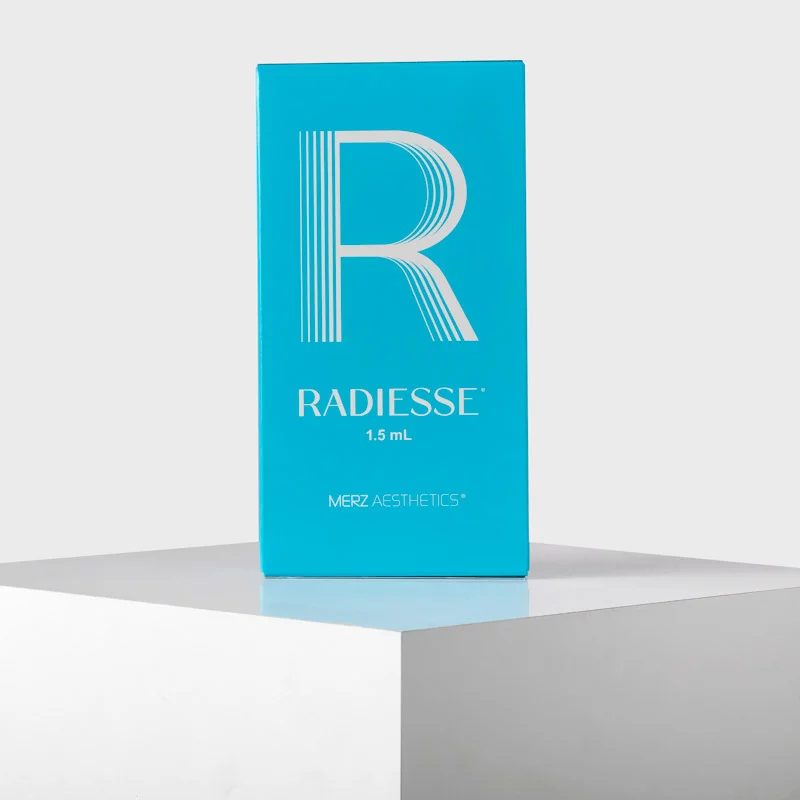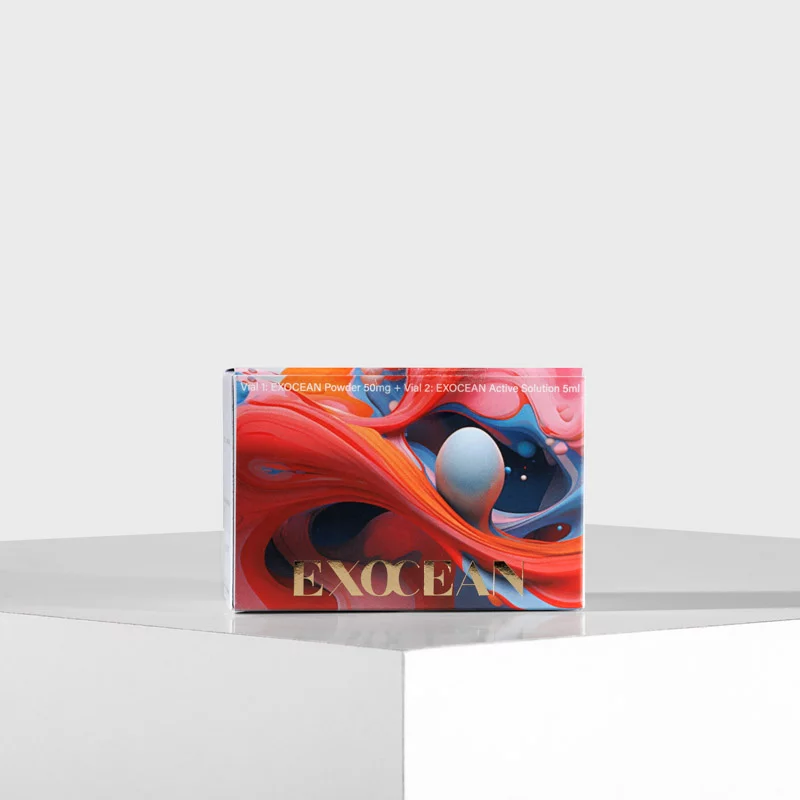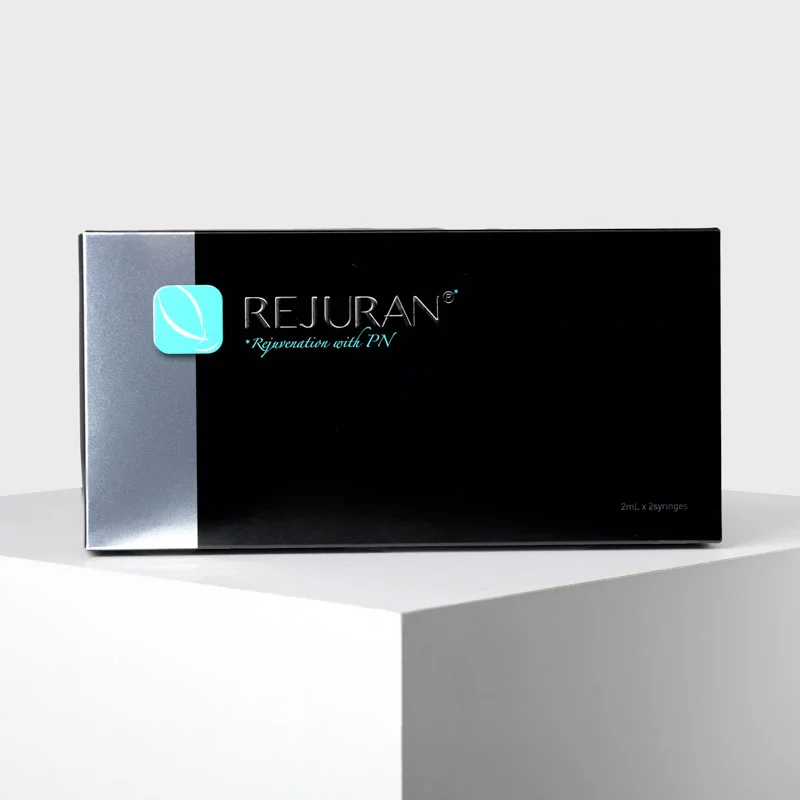-

- Author e-FILLERS Team
- Oct 1st, 2025
How to Incorporate Polynucleotides & Exosomes with Fillers
.webp)
Dermal fillers are highly effective for restoring volume and contour, but today’s patients increasingly want more than correction — they want skin regeneration and long-term improvement. That’s where polynucleotides and exosomes come in. These cutting-edge bioregenerative treatments complement fillers, addressing skin quality and cellular health for results that go beyond volumization.
In this article, we explore how polynucleotides and exosomes can be integrated with fillers for safe, natural, and lasting outcomes.
Why Combine Regenerative Therapies with Fillers?
Fillers: Provide immediate structural correction and contour.
Polynucleotides: Stimulate fibroblasts, improve elasticity, and promote dermal remodeling.
Exosomes: Deliver growth factors, reduce inflammation, and support cellular communication.
Together, they create a dual effect: instant volume from fillers plus long-term skin quality improvements.
Incorporating Polynucleotides with Fillers
Polynucleotides are chains of nucleotides derived from natural sources that act as powerful bio-stimulators.
Benefits
Improve hydration and skin elasticity.
Stimulate collagen and elastin production.
Reduce fine lines and signs of photoaging.
Best Practices
Treatment order: Polynucleotides can be administered before fillers to prepare the skin or after fillers as a complementary booster.
Areas of use: Under-eye region, neck, and décolleté, where fillers alone may not be enough.
Timing: Series of 3–4 sessions spaced 2–3 weeks apart, with filler sessions planned between or after.
Incorporating Exosomes with Fillers
Exosomes are extracellular vesicles derived from stem cells that play a critical role in intercellular communication.
Benefits
Deliver growth factors and cytokines.
Reduce inflammation and oxidative stress.
Support tissue healing and regeneration.
Best Practices
Combination approach: Exosomes can be applied topically after microneedling in filler-treated areas or injected in separate sessions.
Areas of use: Tear troughs, acne scars, overall facial rejuvenation.
Timing: Often used post-filler to speed healing, minimize swelling, and enhance integration.
Suggested Protocols
Protocol 1: Skin Prep Before Fillers
Weeks 1–3: Polynucleotide sessions to improve elasticity and dermal quality.
Week 4: Dermal filler placement for contour and volume.
Week 5+: Maintenance with exosomes to optimize healing and results.
Protocol 2: Regeneration + Correction Together
Same day approach: Low-volume filler for structure, followed by exosome application (topical with microneedling or injected) to support tissue recovery.
Follow-up: Polynucleotide course over the next 4–6 weeks.
Safety & Considerations
Always use CE-marked, high-quality products.
Allow sufficient time between intensive sessions to avoid overloading the skin.
Manage patient expectations: fillers provide instant results, while polynucleotides and exosomes work progressively.
Key Takeaways
Fillers deliver structure and volume, while polynucleotides and exosomes deliver regeneration and quality.
Combining these therapies offers a holistic approach: immediate correction plus long-term skin health.
- The right sequence depends on the patient’s needs, treatment area, and desired outcomes.

.webp)

.webp)





